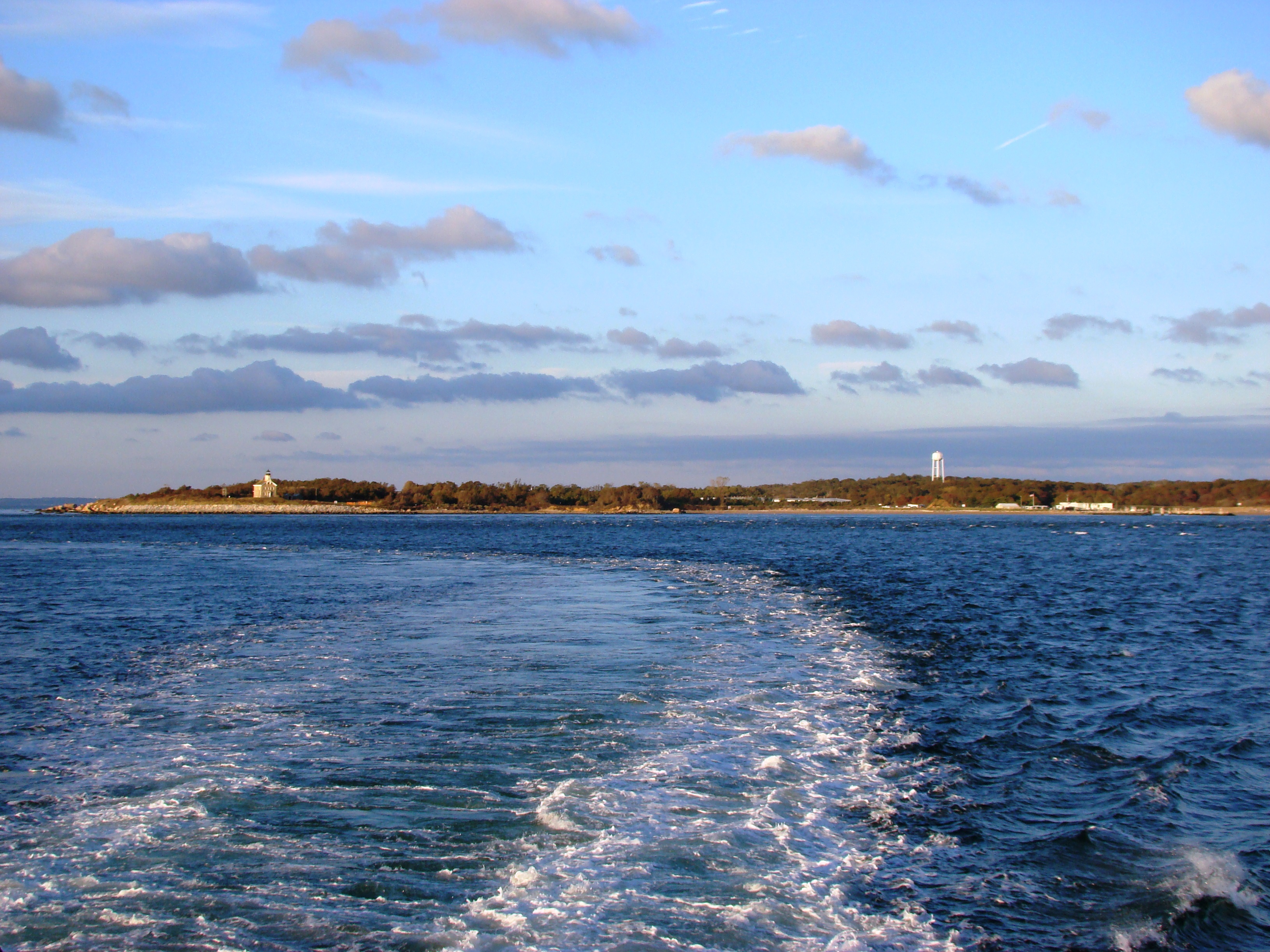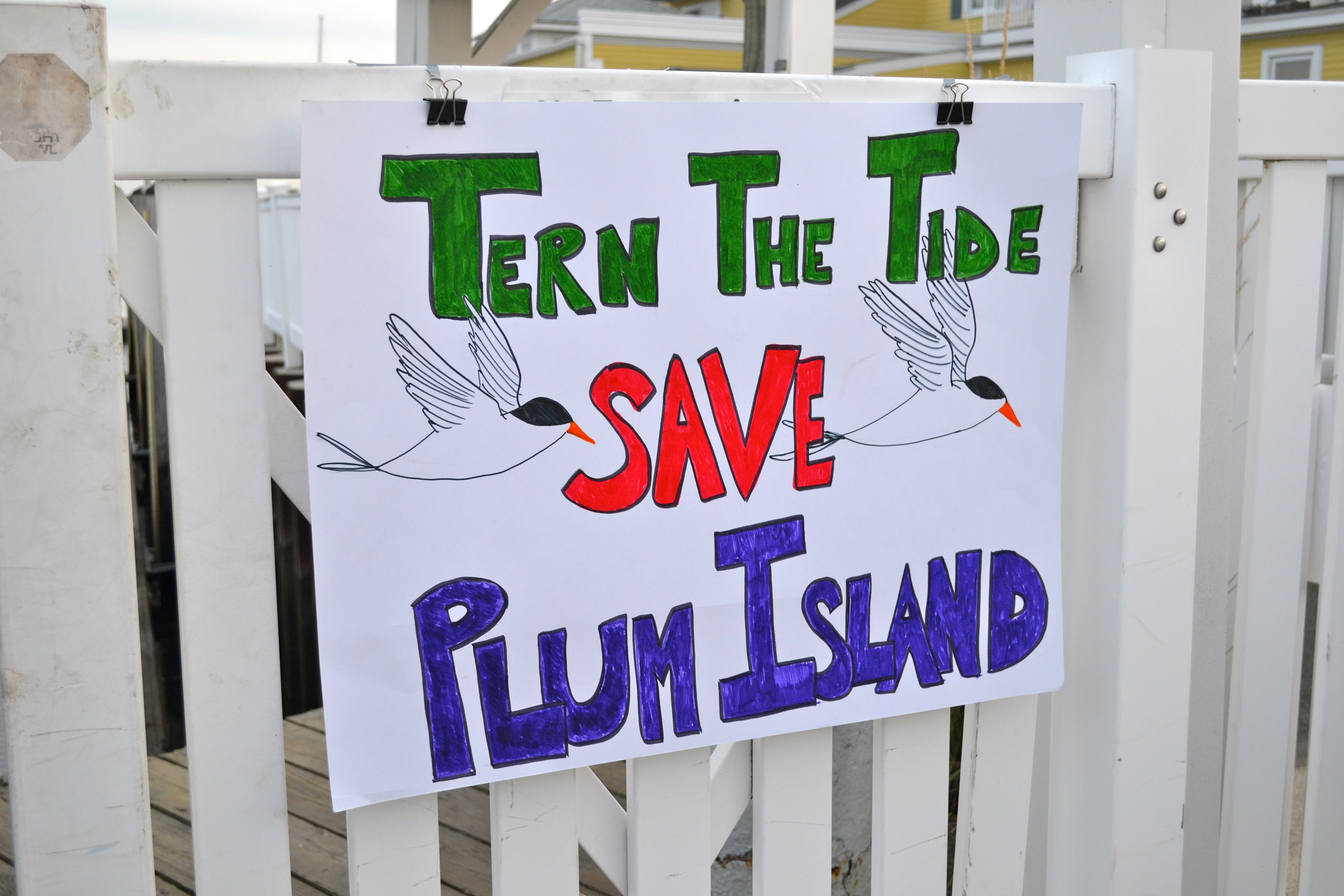Yesterday, the federal government issued its Final Environmental Impact Statement on a sale of Plum Island. Unfortunately the General Services Administration has continued to dodge its responsibility to take the government interest in Plum Island’s rare bird habitats, open space, and historic sites into consideration, and intends to carry on with its plan to auction Plum Island to the highest bidder. But we’re not letting it be developed without a fight.
Read on for our press release.
SAVE THE SOUND: FEDS’ ENVIRONMENTAL IMPACT STATEMENT ON PLUM ISLAND MISSES THE BOAT
FOR IMMEDIATE RELEASE – WEDNESDAY, JUNE 26, 2013
New Haven, CT — Save the Sound and fellow advocates in the Preserve Plum Island Coalition had strong criticisms for the U.S. General Services Administration and Department of Homeland Security after the agencies released their Final Environmental Impact Statement on the proposed sale of Plum Island, NY, yesterday. The EIS recommends a public auction of the 843-acre island, which is located at the eastern end of Long Island Sound and has become a de facto wildlife refuge thanks to restrictions on a human presence.
“The GSA has abdicated its responsibility to conserve the ecological value of Plum Island,” said Leah Schmalz, director of legislative and legal affairs for Save the Sound. “The Final Environmental Impact Statement is fundamentally flawed. The GSA has failed to adequately addressed concerns raised by the public after the Draft EIS was released, and dismissed the data and information about conservation alternatives that Save the Sound, other environmental organizations, scientists, and state and federal agencies have provided over the last three years. The U.S. Fish and Wildlife Service and the U.S. EPA’s Long Island Sound Study have identified compelling government interests in protecting Plum Island’s habitats for rare wildlife and plants, but the GSA has chosen to ignore those interests and to focus solely on putting Plum Island’s natural resources on the auction block.”
“Unfortunately, the Final EIS ignored the overwhelming weight of public testimony that sought to create a viable preservation strategy for the future of Plum Island,” said Bob DeLuca, president of the Group for the East End. “As a result, we now stand to lose one of the largest and most significant, natural and historical resources located anywhere in coastal New York or along the Connecticut shoreline.”
“The Nature Conservancy continues to support the position of the Preserve Plum Island Coalition and the Town of Southold, New York, that at least 80 percent of Plum Island needs to be protected,” said Randy Parsons, conservation finance and policy advisor for The Nature Conservancy Long Island Chapter. “As a first choice, we would like to see 80 percent of the island transferred to the U.S. Fish and Wildlife Service to create a new Plum Island National Wildlife Refuge. For the GSA to continue to spend time and public money on studies of low and high density residential uses of the island, for a sale that cannot occur for at least nine years, hardly seems like a good use of limited federal resources.”
“This is a deeply flawed decision-making process by the federal government,” said John Turner, a spokesman for the Preserve Plum Island Coalition. “It’s clear that the GSA doesn’t get it—Plum Island has ecological values that are of national significance and deserve protection. We in the Preserve Plum Island Coalition look forward to working with our senators and representatives who understand the importance of permanently protecting the Island’s vital natural and cultural resources, and we thank them for their leadership.”
Plum Island is located in New York waters ten miles off Connecticut’s shore and has long been the home of a federal research facility. It contains a wide variety of coastal habitats, including beaches and dune, rocky intertidal areas, forest, and wetlands. The limited human presence has allowed the majority of the island to remain an undeveloped sanctuary for wildlife and native plants. It’s a breeding site for threatened birds like piping plovers and roseate terns, as well as a major stopover point for migrating birds. Plum Island sits in The Race, the narrow eastern end of Long Island Sound that is an unusually productive fishery, and is home to the largest seal haul-out in southern New England. The island has been recognized as a Long Island Sound Stewardship Site by the Long Island Sound Study and an Important Bird Area by the Audubon Society.
While the GSA was directed to sell Plum Island once the DHS decided to move the research center to Manhattan, Kansas, the authorizing statute provided that such sale must be subject to “such terms and conditions necessary to protect the government interest…” Save the Sound and allies have argued that this discretion would, at a minimum, allow the GSA to effectuate a conservation sale that preserves the approximately 700 acres of habitat and while allowing redevelopment of the areas that already have buildings and infrastructure. Ideally, the groups say, Plum Island would be managed by the U.S. Fish and Wildlife Service and added to the Sound’s existing wildlife refuge system. For more information, see Save the Sound’s blog post after the release of the Draft Environmental Impact Statement.
“Our thanks go out to New York’s and Connecticut’s congressional delegations, who have been working hard to protect Plum Island, and to the Town of Southold, which is moving ahead on zoning that might help prevent overdevelopment of the island if an unfettered sale becomes reality,” said Schmalz. “We’ll continue to pursue every avenue to save Plum Island.”
###
Posted by Laura McMillan, Interim Director of Communications for CFE/Save the Sound



2 thoughts on “Environmental Impact Statement on Plum Island is “Fundamentally Flawed””
Comments are closed.